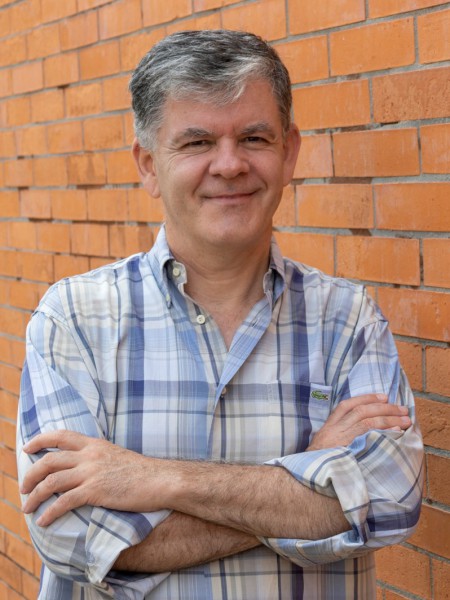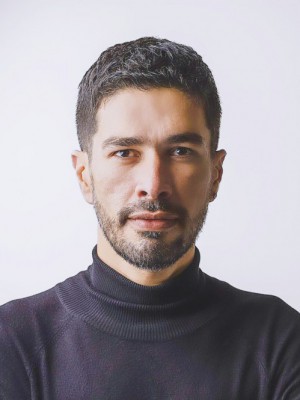abstract
Enhancing the structural stability and catalytic activity of Cytochorme c (Cyt C) against harsh process conditions would boost its use in biocatalysis. Herein, a new protein engineering strategy with improved efficacy is demonstrated through judicious task-specific functionalization of Cyt C with quantum dots (QDs) and ionic liquids (ILs). Mn2+ doped ZnS QD and ILs ([Cho][Ac]; [Cho][Dhp]) were concomitantly used to decorate Cyt C, which was characterized using various analytical tools. The peroxidase activity at room temperature of engineered Cyt C (Cyt C-QD-IL) increased markedly (1.2 to 3.5-fold) as compared to that for bare Cyt C, Cyt C with QD, and Cyt C with ILs. Further, Cyt C-QD-IL showed better catalytic activity under various stresses such as high temperature (110 degrees C), presence of a chemical denaturant (6 M GuHCl), high oxidative stress (30 min H2O2), and presence of proteases. Molecular docking results indicate that QD interacted with the active site of Cyt C and IL interacted with side chain amino acids via electrostatic and H-bonding interactions. Such favorable allosteric interactions might be behind the improved activity of Cyt C-QD-IL. The observed catalytic activity is in harmony with the structural stability of the protein as confirmed by UV-vis, ATR-IR, and CD analysis. Thus, the unveiled strategy represents an innovative dimension of protein packaging foreseeing the development of more robust biocatalysts that can be used at high temperatures.
keywords
KINETIC ENHANCEMENT; ENZYMATIC-ACTIVITY; STABILITY; RESIDUES; ENZYMES
subject category
Chemistry, Multidisciplinary; Green & Sustainable Science & Technology; Engineering, Chemical
authors
Shet, SM; Thayallath, SK; Bisht, M; Pereira, MM; Coutinho, JAP; Kotrappanavar, NS; Mondal, D
our authors
Groups
G4 - Renewable Materials and Circular Economy
G6 - Virtual Materials and Artificial Intelligence
Projects
CICECO - Aveiro Institute of Materials (UID/CTM/50011/2019)
SusPhotoSolutions - Soluções Fotovoltaicas Sustentáveis (SUSPHOTOSOLUTIONS)
acknowledgements
D.M. acknowledges SERB, India (EEQ/2017/000417), for the research grant. S.K.N. thanks DST (SR/NM/NT-1073/2016) for financial support. The authors also acknowledge NANO-MISSION PROJECT SR/NM/NS-20/2014 for the PXRD characterization facility. This work was partly developed within the scope of the projects CICECO-Aveiro Institute of Materials, POCI-01-0145-FEDER-007679 (FCT ref. UID/CTM/50011/2019), and SusPhotoSolutions, CENTRO-01-0145-FEDER-000005. Authors are thankful to Dr. S. Bhandari for useful discussions. DST-Technology Mission Project (DST/TMD/HFC/2K18/124G) Government of India is also acknowledge for financial support.





